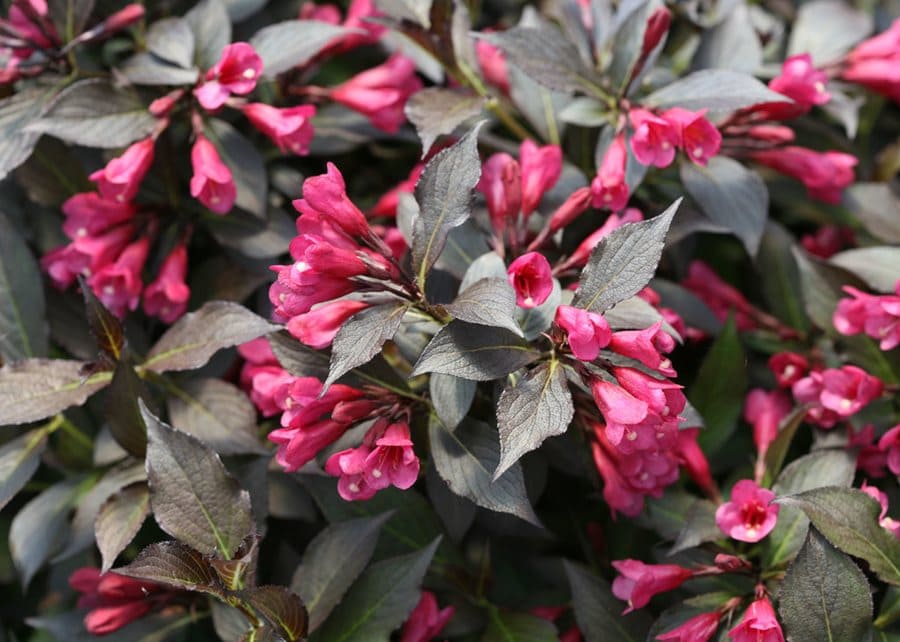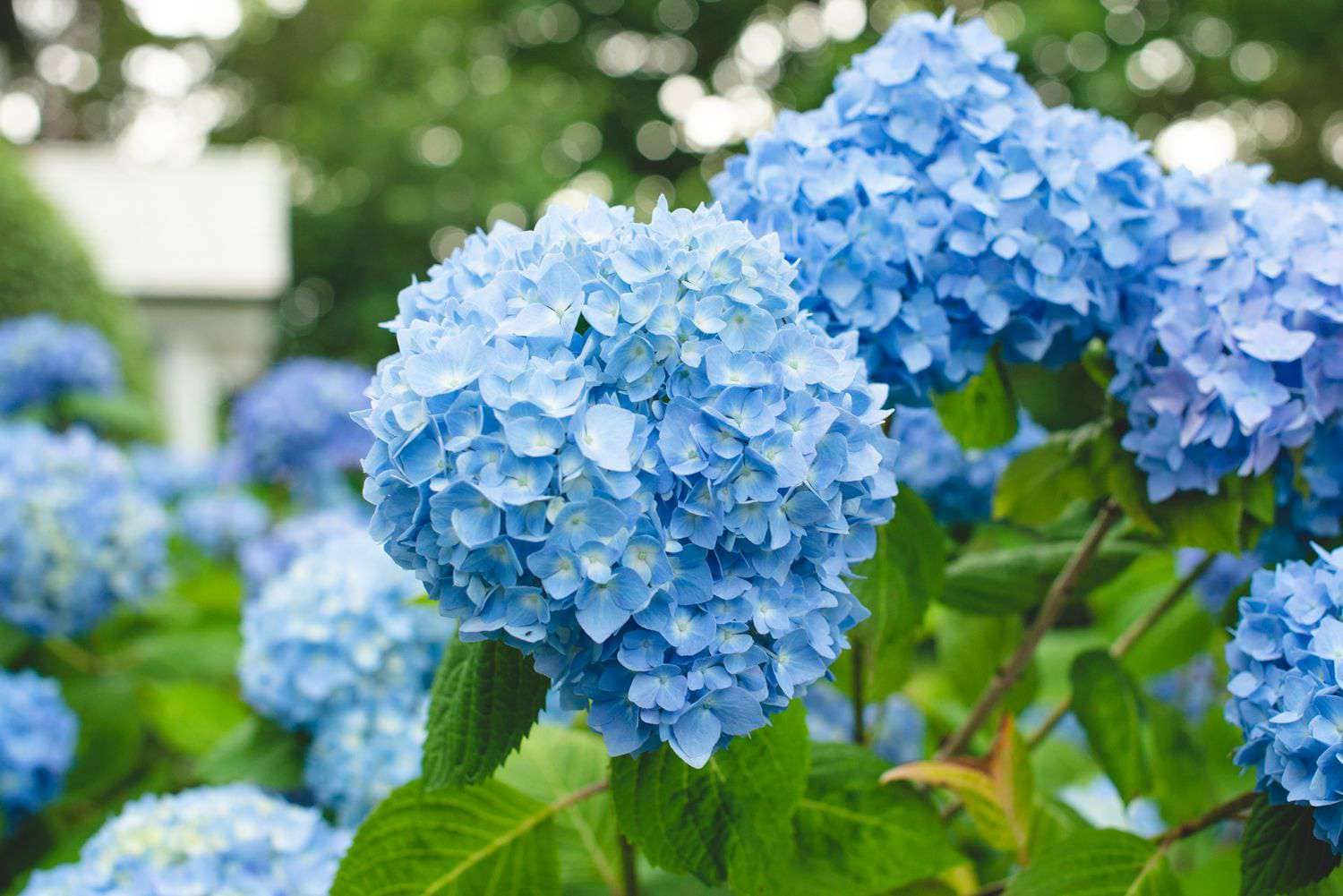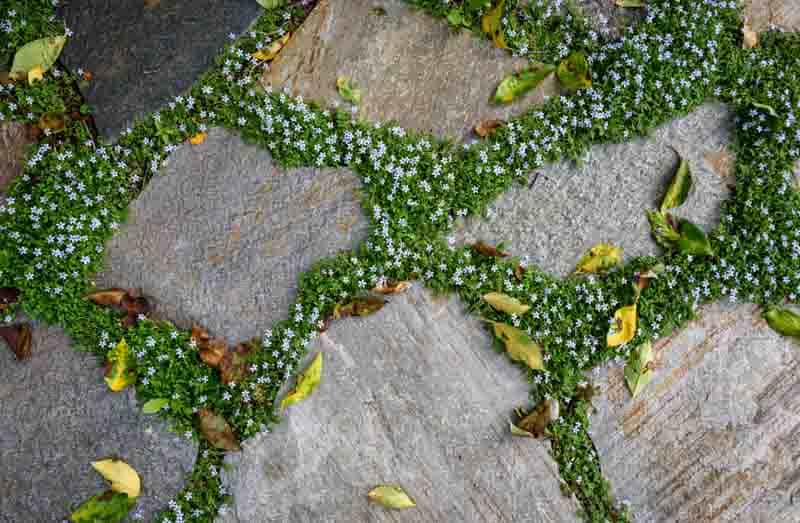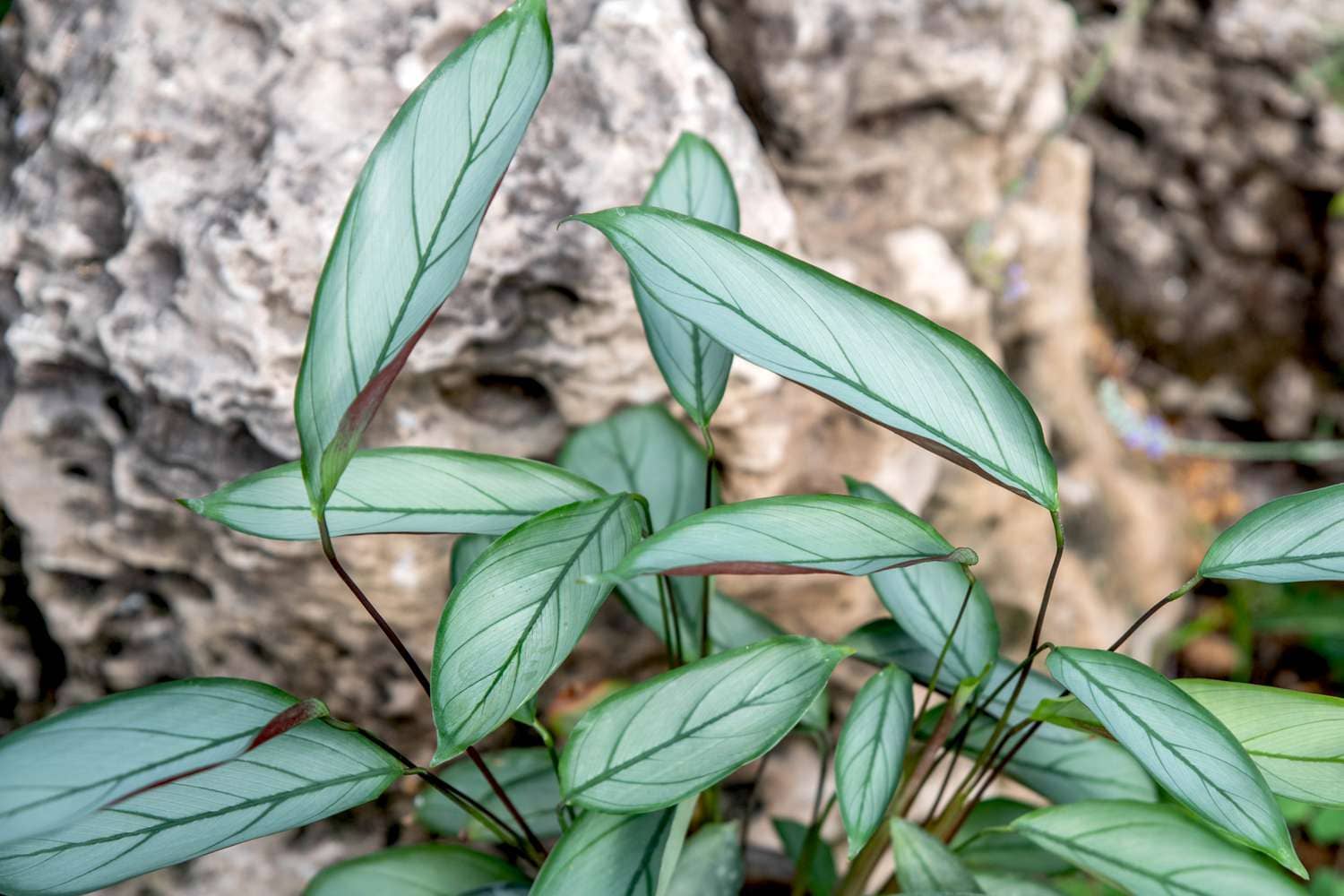Introduction:
Weigela, a genus of deciduous shrubs, has graced gardens around the world with its vibrant blooms and elegant form. Known for its breathtaking display of flowers and versatility in landscaping, Weigela has become a beloved choice among garden enthusiasts. In this exploration, we delve into the fascinating world of Weigela, uncovering its origins, characteristics, cultivation tips, and the sheer beauty it brings to outdoor spaces.
Origins and Diversity:
The genus Weigela, named after the German scientist Christian Ehrenfried Weigel, is native to East Asia, particularly China, Korea, and Japan. Introduced to the Western world in the mid-19th century, these shrubs quickly gained popularity for their ornamental value. Weigela’s diversity is showcased through various species and cultivars, each presenting unique features in terms of flower color, size, and growth habit.
Characteristic Features:
Weigela plants are characterized by their arching branches, opposite leaves, and trumpet-shaped flowers. The leaves, often deep green, create a lush backdrop for the profusion of flowers. What truly steals the show, however, are the funnel-shaped blooms that come in an array of hues including pink, red, and white. These blossoms, typically around 1 to 2 inches in length, appear in clusters and attract pollinators like bees and butterflies, contributing to the biodiversity of the garden.
Cultivation and Care:
Weigela is renowned for its adaptability and ease of cultivation, making it an excellent choice for both novice and experienced gardeners. The ideal growing conditions include well-drained soil and a location that receives at least partial sunlight. Regular pruning is recommend to maintain a tidy shape and encourage abundant flowering. With proper care, Weigela can thrive in various climates, adding a burst of color to gardens in spring and early summer.
Popular Varieties:
The world of Weigela boasts an impressive array of varieties, each with its own unique charm. The ‘Bristol Ruby’ variety is celebrate for its deep red flowers, creating a striking contrast against its green foliage. ‘Variegata’ stands out with its variegated leaves, adding an extra layer of visual interest. ‘Sonic Bloom’ is known for its reblooming characteristic, providing an extend flowering period. These varieties, among many others, offer gardeners a diverse palette to choose from based on their preferences and garden design.
Landscaping with Weigela:
Weigela’s versatility extends beyond its beauty to its role in landscaping. These shrubs can be used in various ways, from standalone specimens to hedging or border plants. Their arching form and vibrant flowers make them suitable for both formal and informal garden settings. When strategically placed, Weigela can enhance the overall aesthetic of the landscape, creating a harmonious and inviting atmosphere.
Seasonal Appeal:
One of the notable features of Weigela is its seasonal appeal. In spring and early summer, the profusion of flowers captivates the eye, making these months the highlight of Weigela’s display. As autumn approaches, the leaves may undergo a color transformation, providing additional interest. The changing hues of Weigela throughout the seasons contribute to the dynamic beauty it brings to the garden year-round.
Conclusion:
Weigela, with its rich history, diverse species, and captivating beauty, has rightfully earned its place in gardens across the globe. Whether you are a seasoned gardener looking to enhance your landscape or a beginner seeking an easy-to-care-for ornamental shrub, Weigela proves to be an excellent choice. Its vibrant blooms, coupled with adaptability and versatility, make Weigela a true symphony of color and elegance in the ever-evolving tapestry of the garden. So, consider adding a touch of Weigela to your outdoor haven and let the beauty of this enchanting shrub unfold.





